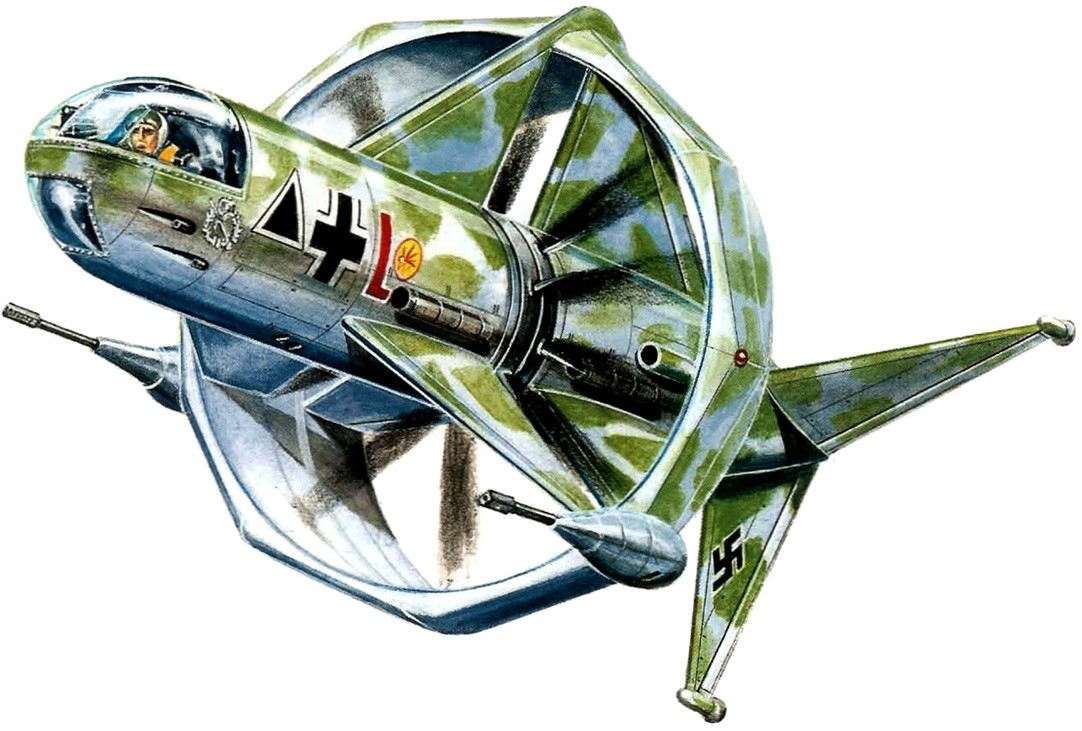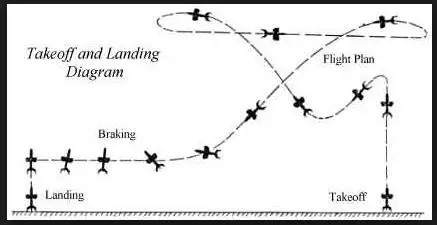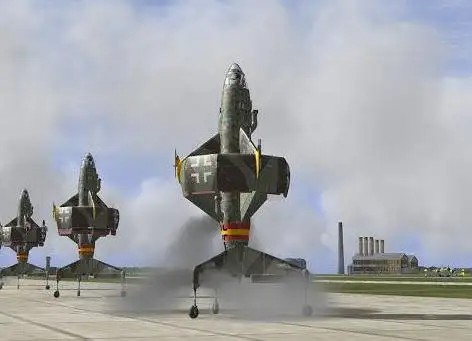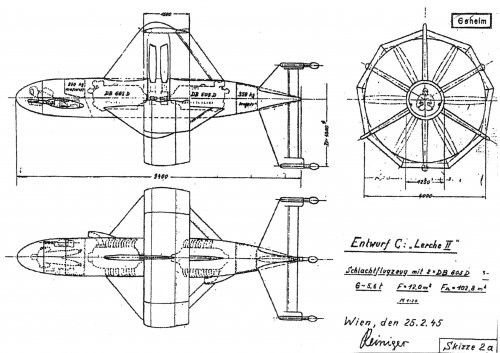








The Heinkel Lerche (English: Lark) was the name of a set of project studies made by German aircraft designer Heinkel in 1944 and 1945 for a VTOL fighter and ground-attack aircraft.
The Lerche was an early coleopter design. It would take off and land sitting on its tail, flying horizontally like a conventional aircraft. The pilot would lie prone in the nose. It would be powered by two contra-rotating propellers which were contained in a doughnut-shaped, nine-sided annular wing.
The design was developed starting 1944 and concluding in March 1945. The aerodynamic principles of an annular wing were basically sound,[clarification needed][citation needed] but the proposal was faced with a host of unsolved manufacture and control problems which would have made the project highly impractical, even without the material shortages of late-war Nazi Germany.
The Lerche was an early coleopter design. It would take off and land sitting on its tail, flying horizontally like a conventional aircraft. The pilot would lie prone in the nose. It would be powered by two contra-rotating propellers which were contained in a doughnut-shaped, nine-sided annular wing.
The design was developed starting 1944 and concluding in March 1945. The aerodynamic principles of an annular wing were basically sound,[clarification needed][citation needed] but the proposal was faced with a host of unsolved manufacture and control problems which would have made the project highly impractical, even without the material shortages of late-war Nazi Germany.
| Type | "Lerche II" Single seat VTOL and ground attack fighter | |
| Engine | 2 Daimler-Benz DB 605D or DB 603E | |
| Dimensions | Length 9,4 m, height , span 4,0 m , wing area 12 m2 , | |
| Weights | Empty 4500 kg, loaded 5600 kg , max. take off weight | |
| Performance | Max.. speed 800 km/h , cruising speed 553 km/h, max. allowed speed 1282 km/h, range , endurance , service ceiling 14300 m , climb 50 m/sec. | |
| Armament | 2 30 mm MK 108 cannon Missiles: 3 Ruhrstahl X-4 Air to Air Missile (Optional) | |




https://discover.hubpages.com/education/Hitlers-Heinkel-Lerche-The-First-VTOL-Aircraft










